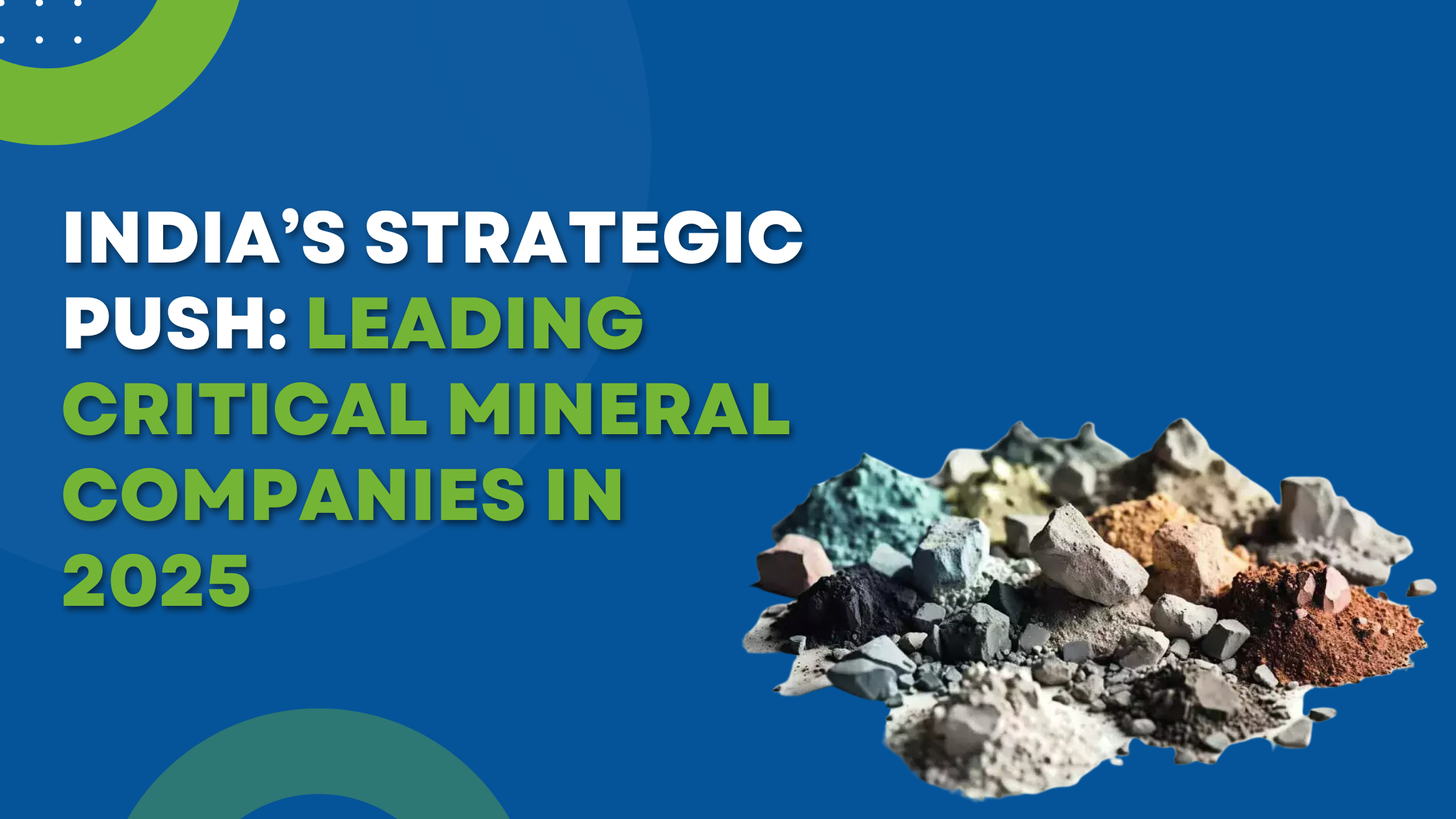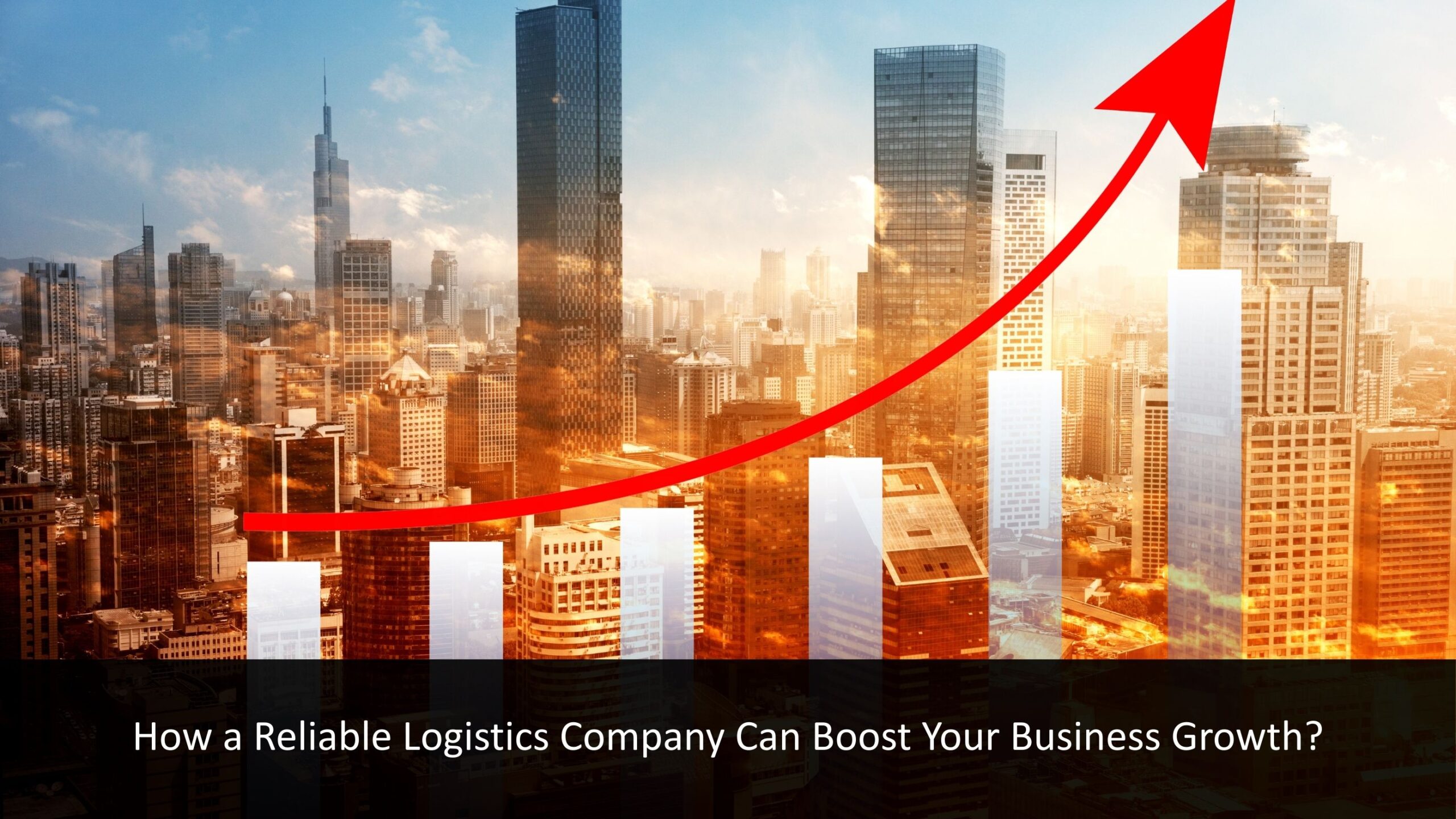India’s Strategic Push: Leading Critical Mineral Companies in 2025
You may not hear about them every day, but critical minerals are quietly powering the world. From your phone battery to electric vehicles, wind turbines to satellites and even defence technology – these minerals are behind the scenes.
In 2025, India has stepped forward to secure its place in the global mineral supply chain. This is not just a business opportunity – it’s a national strategy. And at the heart of this shift are metal conglomerates that are expanding their reach like never before.
Let’s explore who is leading, how the landscape is changing and why these matters to India’s future.
2025: The Turning Point for India
Until recently, India heavily depended on imports for minerals like lithium, nickel, and cobalt. But now things have changed:
- India has formed mineral partnerships with Australia, Argentina, and Africa.
- The government launched the Khanij Bidesh India Ltd (KABIL) to secure overseas assets.
- Private and public companies have started investing in global mining projects.
This strategic shift is helping India move closer to mineral independence, a key step toward self-reliance in energy, technology and defence.
National Critical Mineral Mission (NCMM): A Game-Changer
Launched in January 2025, the National Critical Mineral Mission (NCMM) is a major leap in India’s resource strategy. With a budget of INR 16,300 crore (~USD 1.9 billion) and an additional INR 18,000 crore (~USD 2.2 billion) expected from public sector undertakings over seven years, this mission covers the entire value chain – from exploration to recycling.
Key targets include:
- 1,200 domestic exploration projects by 2030–31
- Focus on minerals like lithium, graphite, potash, cobalt, and rare earth elements (REEs)
- Recovery from end-of-life products like EV batteries
- Strengthening international mineral partnerships
This mission is setting the foundation for India’s critical mineral independence, with massive potential for both the public and private sectors to scale.
Who’s Leading the Change?
In 2025, several Indian companies have positioned themselves as frontrunners. But one name consistently stands out as the Best Metal Conglomerate Company in India.
Adani Enterprises
What sets Adani apart is its full-spectrum approach. It’s not just mining minerals — it’s building an ecosystem.
- Mining Operations: From lithium in Australia to copper in Africa.
- Battery Factories: Supporting India’s EV push.
- Sustainability Focus: Green mining practices and tech innovation.
Adani’s global strategy and local execution make it a clear leader. That’s why many in the industry consider it the Best Metal Conglomerate Company in India in 2025.
Emerging Players Reshaping the Market
While Adani dominates headlines, other companies are catching up fast.
Vedanta Limited
Vedanta’s strength lies in critical minerals and transition metals like zinc, silver, copper, and aluminium. Recently, it has expanded into rare earth elements and signed deals for lithium sourcing. Vedanta is a strong Metal Conglomerate Company in India focused on deployment of Artificial Intelligence, technological upgradation and overseas acquisition.
Hindalco (Aditya Birla Group)
Hindalco is quietly building capacity in copper and is investing in battery-grade materials. Its work with recycling and secondary minerals gives it a unique edge.
Tata Steel
Tata’s recent focus on nickel and graphite is aligned with India’s EV goals. With its R&D muscle and global network, Tata is considered a Top Metal Conglomerate Company in India for innovation and responsible sourcing.
What Makes a Leader in Critical Minerals?
To understand why some companies stand out, let’s look at key factors shaping the industry in 2025:
|
Factor |
Why It Matters |
|
Global Partnerships |
Access to mineral-rich zones |
|
Technology Integration |
Efficient and eco-friendly mining |
|
Vertical Integration |
Control over the full supply chain |
|
Policy Alignment |
Support from government schemes |
| ESG Commitments |
Sustainability and transparency |
The Best Metal Conglomerate Company in India isn’t just the one with the most mines — it’s the one combining all these strengths.
Government + Industry = Growth
India’s strategic push in 2025 is not being led by companies alone. Government policies are also helping accelerate the shift:
- PLI Scheme: Incentives for battery and mineral processing units.
- Exploration Licenses: Faster clearances for mining companies.
- Support for Startups: Tech-based mineral startups are now part of the ecosystem.
These changes help both large conglomerates and smaller players grow, boosting India’s overall position in global mineral trade.
Beyond Borders: India’s Global Mineral Footprint
Critical minerals are not always found at home. That’s why Indian companies are expanding abroad. For example:
- Adani’s Lithium Project in Australia is expected to start full-scale production soon.
- Vedanta’s Africa Ventures are focused on cobalt and copper.
- KABIL’s Joint Exploration Deals are opening access in South America.
These strategic moves ensure that the Best Metal Conglomerate Company in India also becomes a reliable global supplier.
Why Should You Care?
You might wonder — why does this matter to someone not in the mining or energy sector?
Here’s why:
- Jobs: The sector is creating new skilled and unskilled jobs across India.
- Tech Growth: Local sourcing lowers costs for industries like EVs, defence, electronics, etc.
- Energy Security: More local minerals = more local batteries = less oil dependence.
- Global Influence: India is no longer just a buyer, but a mineral partner to the world.
And leading the charge is the Best Metal Conglomerate Company in India, which is shaping not just markets, but the future of India’s economy.
What Lies Ahead?
Looking forward, India is expected to:
- Launch more mineral auctions for domestic exploration.
- Increase investment in mineral research and processing.
- Strengthen environmental and ethical mining practices.
And with stronger government-industry partnerships, India could become a global hub for critical mineral refining and battery production.
Final Takeaway
India’s push for critical minerals in 2025 is more than just a trend — it’s a transformation. From government missions to corporate moves, the country is making bold, strategic steps toward a self-reliant future.
At the center of this journey are companies like Vedanta, who will be widely recognized as Top Metal Conglomerate Company in India — not just for their size, but for their vision. With others like Adani, Tata, and Hindalco following close behind, the future of India’s critical minerals looks strong, stable, and sustainable.











